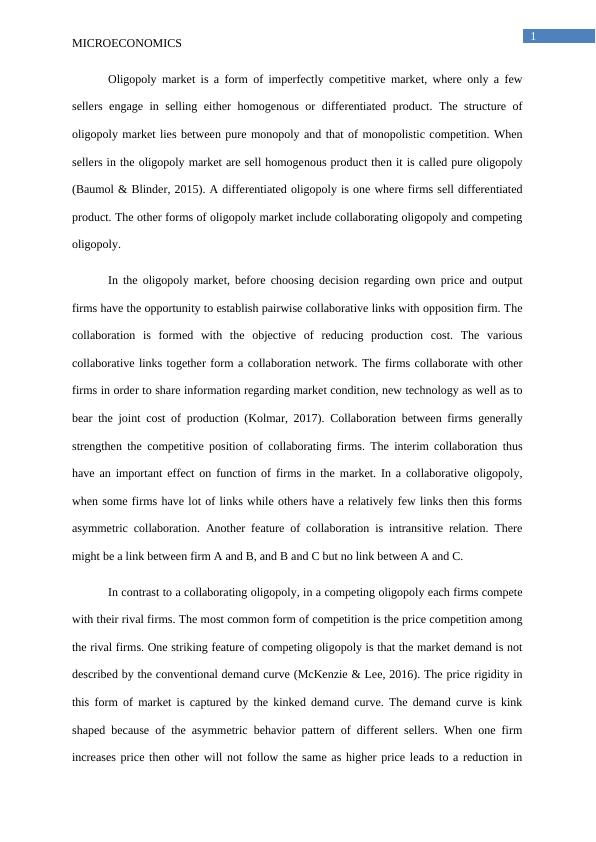Microeconomics
Added on 2023-06-13
5 Pages1037 Words106 Views
End of preview
Want to access all the pages? Upload your documents or become a member.
ECO511 - Economics for Business
|9
|2459
|41
ECONOMICS Economics Name of the student Name of the university
|3
|364
|59
Monopolistic Competition and Oligopoly Markets
|10
|849
|321
Monopolistic Competition and Oligopoly Markets with Case Study
|10
|2748
|438
Monopolistic competition and Oligopoly markets.
|13
|403
|194
Four Pillars Policy in Australian Banking Sector
|9
|1259
|36


